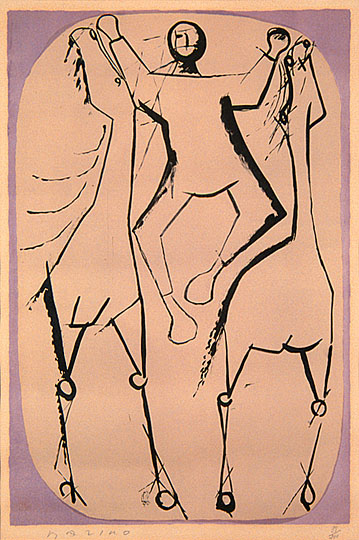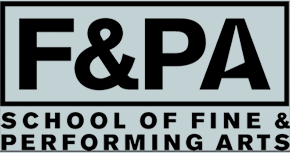
Circus Rider
Circus Rider (1951), a twentieth-century lithograph by contemporary Italian sculptor and painter Marino Marini (1901–1980).
Marini attended the prestigious Accademia di Belle Arti in Florence for painting and sculpture, and while he continued to paint, he devoted himself primarily to sculpture. He is best known for his series of equestrian statues featuring a man with outstretched arms on a horse. Marini’s professor, Arturo Martini and his study of Etruscan art shaped Marini's style and oeuvre. In 1929, Marini succeeded Martini at the Scuola d’Arte di Villa Reale in Monza, where he taught until 1940.
Marini once stated, “First, shape the form spontaneously. Then work it out slowly, slowly.” Circus Rider embodies his interest in not only both shapes and form but also the relationship between horses and riders. For the Etruscans, horses represented strength and power, and Marini drew upon Etruscan iconographic sources for inspiration, since men and horses were traditional symbols on ancient artifacts.
Marini portrayed the acrobat in a moment of arrested movement; he suspended the performer in midair between the horses. He implied that the rider was riding with a foot on each horse—a common ruse depicted on Roman artifacts.
Like the Etruscans, he started with a two-dimensional form, and through the use of thin and thick lines and interior shading, he produced a three-dimensional effect. The shift of lines elongates the horses’ necks and bodies, ultimately forming an almost hourglass outline. The up-reaching arms of the rider and his bent knees create movement and add energy to the composition. Repeated curvilinear triangles and circles symbolize hands, heads, hooves, and joints. Marini’s abstract use of simple lines and geometric shapes animates his subjects.

